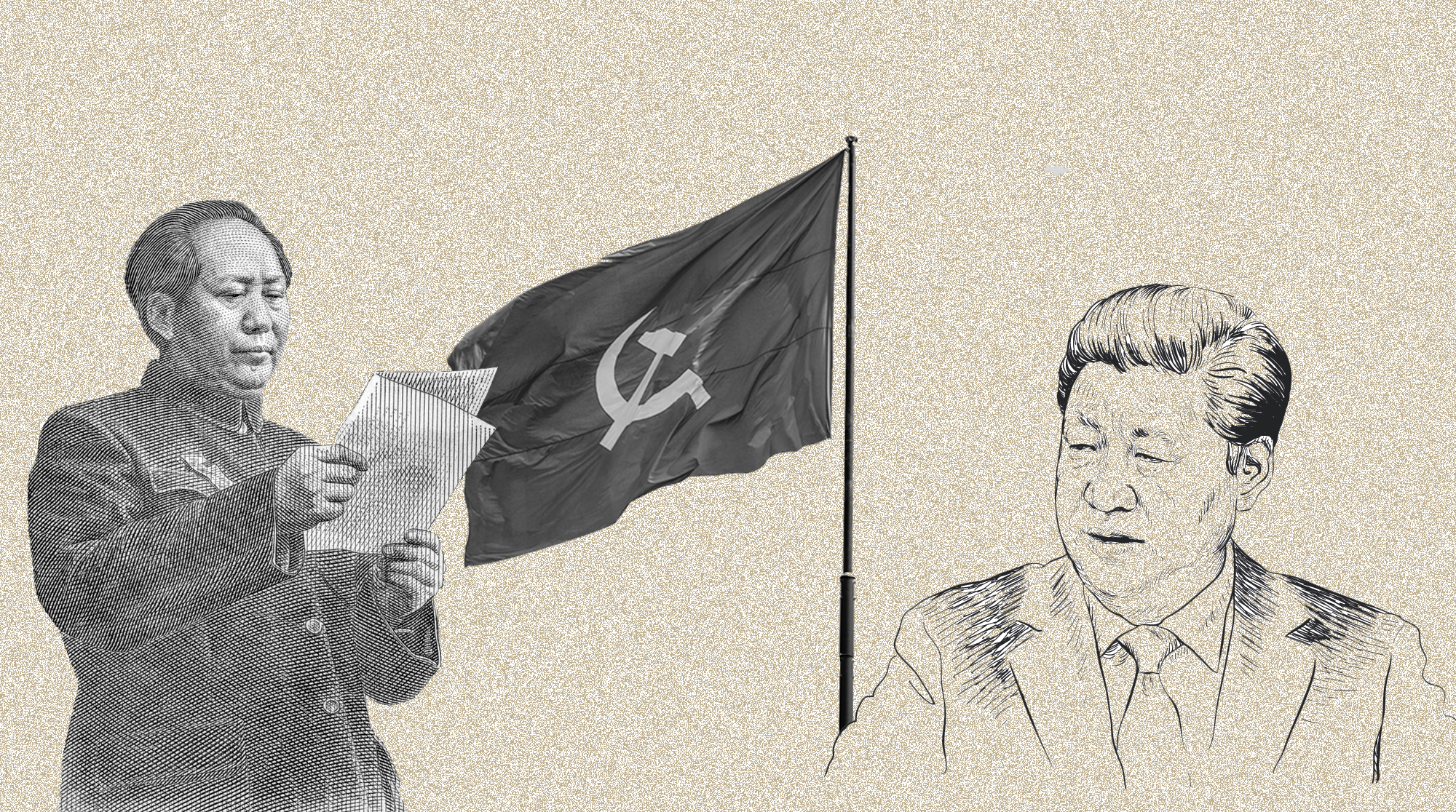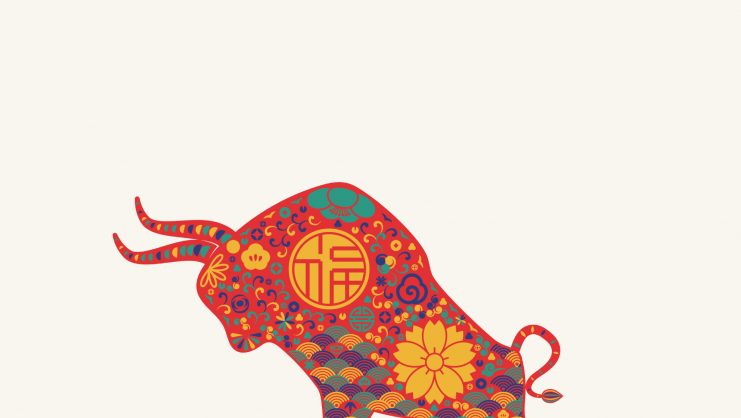Nobody sniffs out a subject ripe for glorification like a writer, and nobody captures the spirit of the times like a French writer, especially a member of the gauche divine, sanctifying an epoch, draping it with elegant, seductive soft power. André Malraux’s The Human Condition created an epic out of Chiang Kai-shek’s 1927 purge of the Chinese Communist Party (CCP) in Shànghǎi, winning the Goncourt Prize in 1933, and laying the foundations for his intellectual pose, his own soft power, his subsequent successes.
The least that can be said about the 100 years between the founding of the CCP in 1921 and present day is that the journey has been eventful. Initially, the organization allied itself with the Chiang’s nationalist Kuomintang, and then the Soviets, in what was called the First United Front, to fight against the regional warlords who took over large swathes of the country after the fall of the Qīng Empire in 1911.
After the aforementioned purge, the situation with Chiang’s forces became untenable, and the Front was dissolved. But in one of those pirouettes of history, brought about by the Japanese invasion of China in 1935, the PCC and the Kuomintang formed a Second United Front to fight the invaders. Then came WWII, the Máo era, the tumultuous Cultural Revolution between 1966 and 1976, and the incredible and equally epic story of the economic rise of the Great Dragon, which continues unabated as we celebrate the 100th anniversary of the CCP.
The highs and lows of China’s history, from the fall of the Qīng dynasty until today, have been tied to that of the CCP. There is, therefore, little wonder that the identity of the country is now inseparable from the party’s, and is encapsulated in the song “Without the Communist Party, There Would be No New China” (Méiyǒu Gòngchǎndǎng jiù méiyǒu xīn Zhōngguó 没有共产党就没有新中国), taken from The Destiny of China (Zhōngguó zhī mìngyùn 中国之命运), published in 1943 by Chiang Kai-shek (although the generalissimo was, of course, referring to the Kuomintang.) The CCP had published an editorial with the same name in the Liberation Newspaper (Jiěfàng rìbào, 解放日报) and a couple of months later, a young communist name Cáo Huǒxīng (曹火星) composed the song. Finally, in 1950, Chairman Máo gave it the final stamp of approval, preceding the word China with the qualifier of new.
After the triumph of the revolution in 1949, all energy was focused on rebuilding China, which explains the reference to the “New” China. This is no small matter: rhetoric is the atomic bomb of politics. “New” marked a break with the past, which the communists had fought to achieve. Moreover, the New China put an end to the century that began with the Opium Wars, which had subjected the country to Western economic interests, and known as the 100 years of humiliation, foreign influence, and interference.
Today, it might be said that we find ourselves in a renewed China, rebuilt within its boundaries. Since 1976, when Chairman Máo died, the country has made a series of previously unimaginable leaps forward, creating the political scaffolding that has made possible the structural changes and economic reform that challenge the West. This is socialism with Chinese characteristics (Zhōngguó tèsè shèhuìzhǔyì 中国特色社会主义), an ideological pirouette performed by Máo’s successor, Dèng Xiǎopíng.
Dèng opened up China to market economics, albeit under the iron leadership of the party, in a bid to spark growth and attract foreign investment and thus eventually bring China in line with the West. Beijing focused its efforts on achieving greater material wealth and only then thought about redistributing it. This was the first stage of a more egalitarian socialism, which would pave the way for the achievement of the ultimate goal, the establishment of a communist society in line with Marxist orthodoxy.
In China, harmony seems to act in the shadows, legitimatizing the party’s actions by harmonizing the different interests in play.
But what has made the CCP so resilient, especially in this second stage of unprecedented, social, economic, and political change? A look at some cultural factors, beyond the hard data of development and economic growth, may shed some light on this phenomenon.
A first clue is to be found in the Chinese language itself, from how it is used, from the rhetoric mentioned above. In Mandarin, the CCP is rendered as Gòngchǎndǎng (共产党). The last character (党) signifies party, but is the least significant. What’s interesting is the binomial Gòngchǎn (共产), which translates to communist. However, a character-by-character look reveals some extremely useful information, and also explains the richness of the Chinese language. Gòng (共) means for all, and chǎn (产), to produce. Thus, Gòngchǎndǎng (共产党), taken together, can mean two different things. The first is that the CCP (Gòngchǎndǎng) would be the party, which guarantees collective ownership (for all) of the means of production. This would align the Máo era within Marxist theory. The second meaning refers to producing for all, so the CCP (Gòngchǎndǎng) is the party that produces, or facilitates, production for all, which aligns with the market economy, in other words, socialism with Chinese characteristics.
A second key is the concept of harmony (hé 和). This word is composed on its left side by the character 禾 (hé), which means cereal, and on its right side by 口 (kǒu), mouth, but rather than referring to the mouth as something we use to eat, it instead refers to singing. The reason for this is that in ancient times, peasants worked in lines, furrow by furrow, singing in rhythm to their labors, as did slaves in the antebellum South. Seen in perspective, the CCP’s actions are striking because they are imbued with the concept of harmony, which has always been present in Chinese culture, from Confucius to the present day.
In China, harmony seems to act in the shadows, legitimatizing the party’s actions by harmonizing the different interests in play. Attempts are continually being made to balance market and public interests, resulting in a concentration of forces that accelerates the pace of change. This combination of public and private interests is in turn aligned with long-term goals that take the country in one cohesive direction. An example is Beijing’s environmental policies, which have caught the traditional Western advocates of sustainability off guard. China has set itself the ambitious goal of cuttings its emissions per unit of GDP by over 65% from the 2005 level by 2030, and has pledged to be carbon neutral by 2060. This is a public goal, but one that companies are embracing in China and around the world. Likewise, the massive public investments in innovation and technology: the shift from 4G to 5G will connect even the remotest areas to the mobile network, bringing a wide range of benefits to rural regions. “They don’t want to lead the world, but to be better, which sounds similar, but is different,” says Claudio Feijoo, an expert in innovation at Madrid’s Polytechnic University.
Finally, it is worth mentioning the eminently practical mentality of the Chinese people. This translates politically into the fact that Beijing has carried out trial-and-error policies, continually testing their objectives and methods. This year, for example, will bring the launch of the CCP’s 14th five-year plan, but unlike years prior, China’s leaders will not set economic growth targets this year due to the uncertainty of the domestic and international economic outlook. Instead, they will announce as events unfold.
The aforementioned factors have served to legitimize the CCP’s rule since the revolution and over the last 72 years, contributing to its resilience, as much if not more, than its economic achievements. China’s economic growth is without a doubt dazzling. Yet, its political system, the Chinese dream (Zhōngguó 中国梦), has failed to seduce the world, at least for the time being. The CCP’s most pressing task now is to transform its culture into soft power and thus make its growing international influence more attractive to the rest of the world. Latter-day, Chinese versions of Malraux will emerge to do the job. In the meantime, a generation of popular science fiction writers, led by Liú Cíxīn (刘慈欣) is busy creating its own epics and, in so doing, is conquering sidereal minds and markets everywhere.
© IE Insights.






